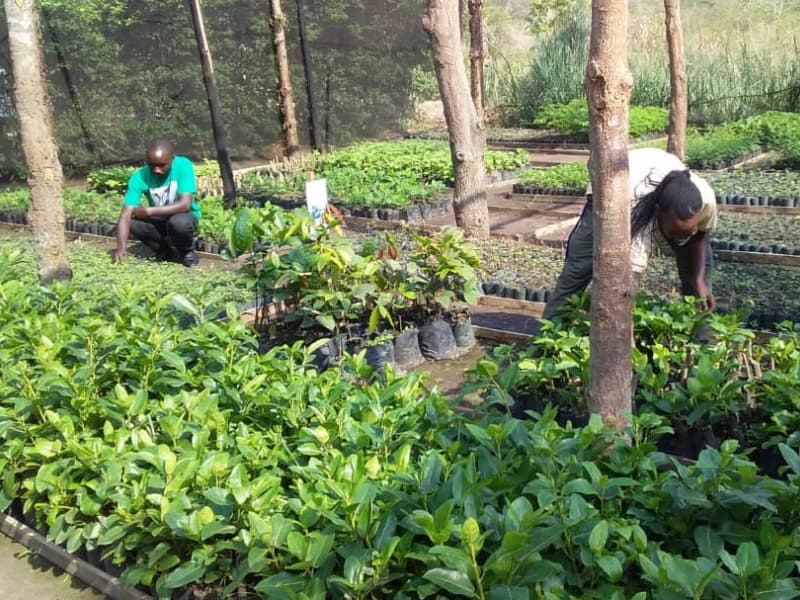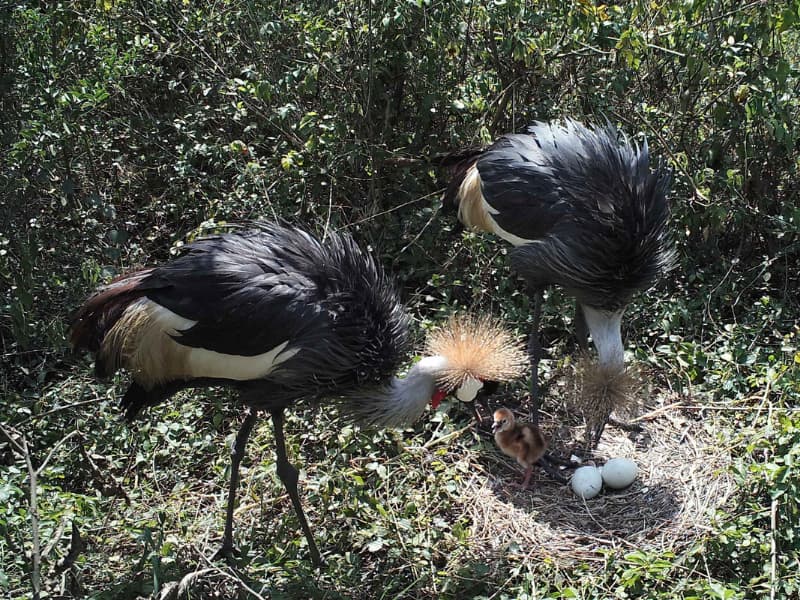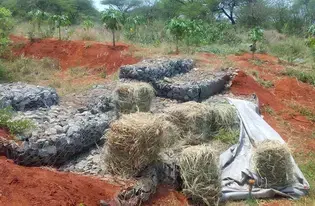The incredible biodiversity and natural habitats of Rwanda are under pressure from the resource demands of a growing population and considerable rural poverty. Home to endangered species like the Grey-Crowned Crane, wetlands in particular are under threat as people search to expand their farms to feed their families and make a living. To help address these challenges, the Rwanda Wildlife Conservation Association (RWCA) is growing trees with local communities to restore these natural habitats while building alternative sustainable livelihoods.
Since 2017, RWCA has been restoring natural habitats covering approximately 75 hectares in Rwanda, with a focus on two key sites, the Rugezi Ramsar Protected Marsh and Umusambi Village. Local communities have planted over 49,000 indigenous tree species, and 90% have survived to maturity thanks to careful maintenance and monitoring. So, what makes RWCA’s approach unique and effective?
-
RWCA focuses on ‘growing trees’ rather than ‘planting trees’, recognizing the importance of caring for trees over time and monitoring them as they grow. The key is to foster community ownership of restoration. This includes watering saplings, adding manure, weeding and protecting the planting sites and saplings from grazing animals.
-
RWCA believes in the importance of growing indigenous trees to protect and restore the habitat of Rwanda's biodiversity, like the Grey Crowned Crane and bats. RWCA has established an indigenous tree nursery with over 30 different species, run by a trained botanist.
-
RWCA believes in the comprehensive engagement and involvement of communities, helping them protect their environment and ensuring that the restoration process works for them. In 2020 alone, 300 community members, of which over 50% were women, benefitted financially when they helped prepare the site and plant trees. RWCA is also nurturing the next generation of restoration and protection champions by running education campaigns and involving young people in tree-growing.
Looking ahead, RWCA has ambitious plans to scale-up the restoration of natural habitats in Rwanda. The recent use of Conservation Agreements for habitat restoration around Rugezi could be used in other degraded natural areas in Rwanda. Following this concept, the communities that are restoring land with indigenous tree species are connected with companies that want to fund projects for carbon offsetting. Community members sign an agreement to grow trees and protect the land, and they receive a stipend in exchange.
RWCA also plans to plant native species in cities both in residents’ gardens and in public spaces, like school playgrounds and hotels, where growing small “pocket forests” can restore biodiversity and ecosystem services. These tiny forests serve as a wildlife corridor for migratory species while storing carbon and improving air quality.







